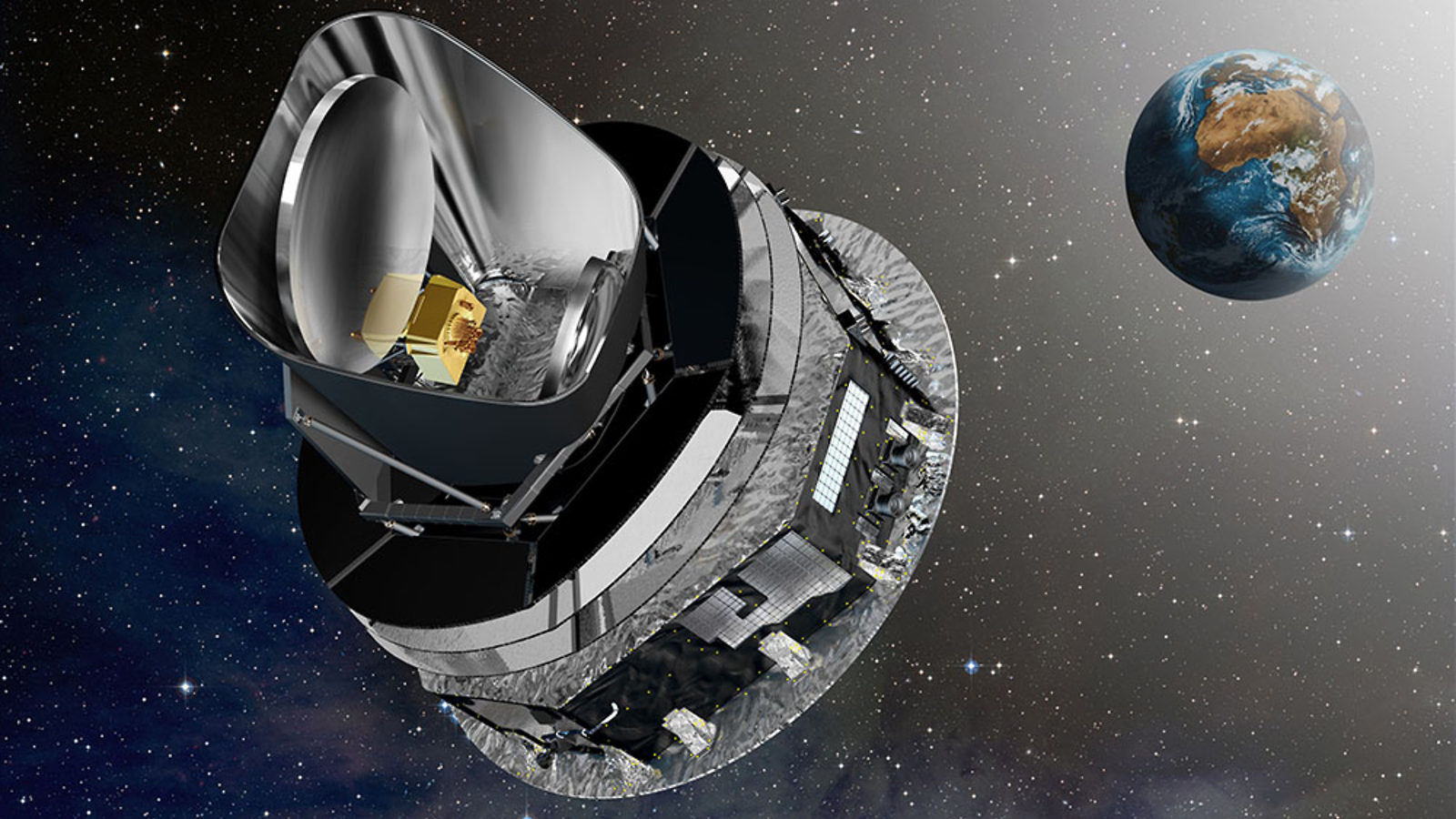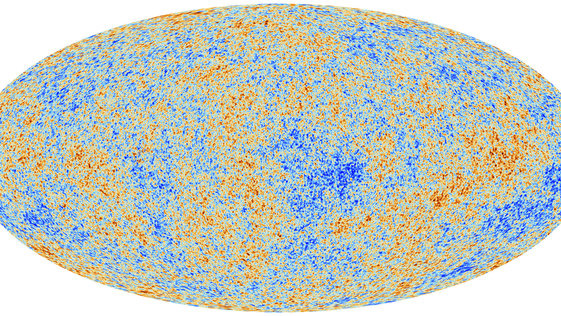This morning, scientists on the Planck space mission released the most detailed map yet of the afterglow of the big bang. It reveals that our universe is about 100 million years older, is expanding slower and contains less dark energy and more matter—both normal and dark—than previously thought.
The Planck map is the sharpest such map ever produced, says Paul Hertz, director of astrophysics at NASA, which participated in the European Space Agency-led mission. “It’s as if we’ve gone from a standard television to a high-definition television.”
The map shows the geography of the cosmic microwave background, the light released as the first atoms formed when the universe was about 370,000 years old. For the past 15½ months, Planck scanned the full visible sky, taking the most detailed measurements to date of what the universe looked like at this early age. These measurements have implications for many areas of particle physics and cosmology.
The map reveals that dark matter makes up about 26.8 percent of our universe, an increase from the previously measured 24 percent, while normal matter makes up 4.9 percent rather than 4.6 percent. The results also indicate that dark energy makes up 68.3 percent of the universe rather than the 71.4 percent previously estimated.
The Planck data also reveals that the universe is 13.8 billion years old and is expanding at about 67.15 kilometers per second per megaparsec. (A megaparsec is about 3 million light-years.) This makes the universe 100 million years older than previously thought and reveals that its rate of expansion is less than previously determined by data from space telescopes.
In addition, the map suggests an apparently random distribution of matter across the universe, suggesting that when the universe expanded at great speed in the “inflationary” epoch, random processes ruled the day. This discounts some of the more complex theories describing inflation and gives credence to the simpler ones.
“Although the big picture from Planck agrees well with our cosmological models, the level of detail is astounding,” says Marc Kamionkowski, a professor of physics and astronomy at Johns Hopkins University who was not involved in the research. “Theorists throughout physics and cosmology will be kept awake at night for quite some time thinking about this.”
Planck continues to view the sky today; the mission’s complete results will be released in 2014. These full results are expected to have implications on additional areas of particle physics and cosmology, including the number of neutrino species in the universe. Stay tuned!




